Literature
“A room without books is like a body without a soul.” – Cicero
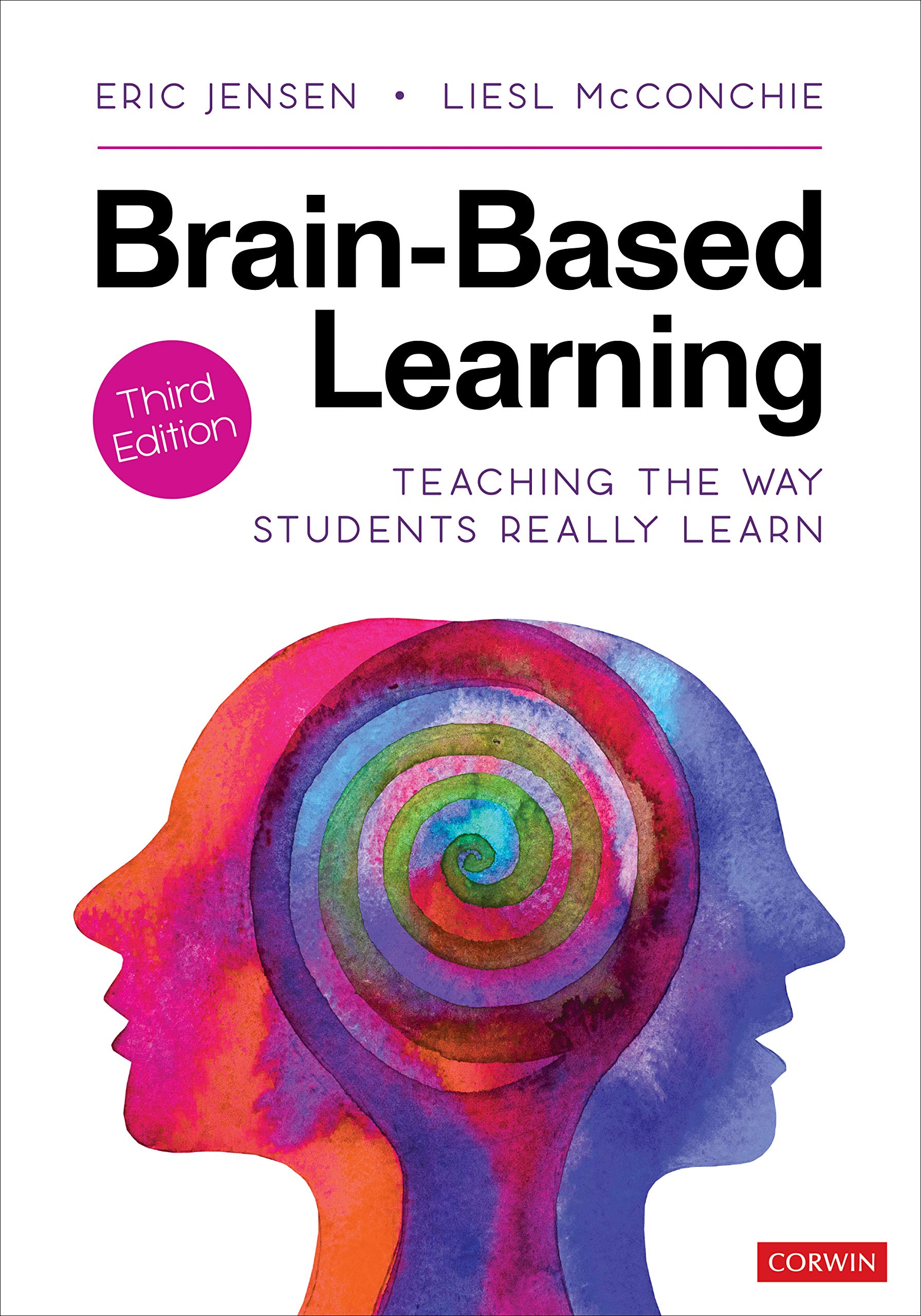
Brain-Based Learning: Teaching the Way Students Really Learn
Eric P. Jensen and Liesl McConchie | 2020
Eric P. Jensen and Liesl McConchie explain the meaning of brain-based learning excellently. Senses, movement, emotions, environment - it all matters in order to learn successfully. And above all the brain is able to create new connections. They say: “Each brain is unique in many ways”…and “brain is changing every day.” “Neuroplasticity extends to all forms of inputs, to meet an individual’s needs to learn anything.”(E. P. Jensen and L. McConchie, 2020). The book is in English.
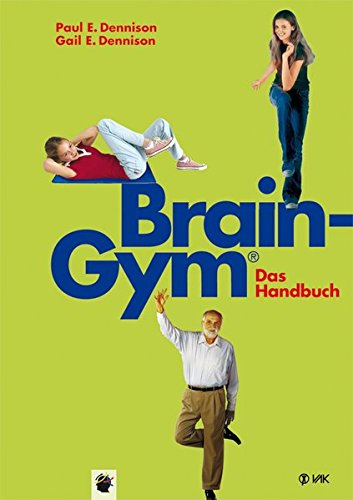
Brain-Gym® - das Handbuch (Lernen durch Bewegung)
Paul E. Dennison and Gail E. Dennison | 2015
Brain Gym BG was created by Dennison in 1990s to speed up recovery for patients with brain damages. Later BG exercises have been found efficient for learning. The book provides a set of moves and poses created „to stimulate, release or relax” learners (Dennison and Dennison, 2010). The use of BG has proved its efectiveness in various learning settings. The book is translated from English into German by Karin Beeck.
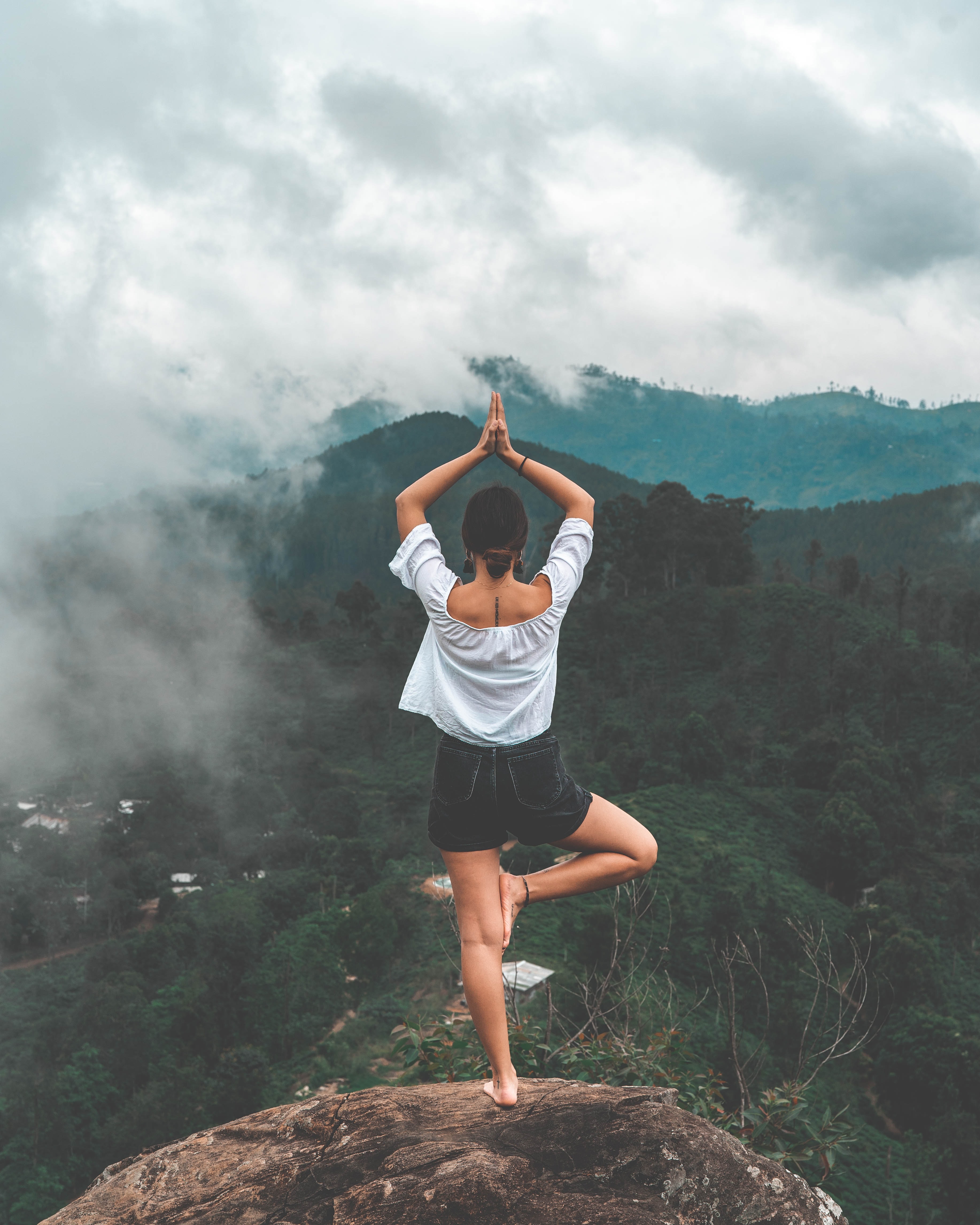
Harmonious Learning: Yoga in the English Language Classroom
Lisa Morgan | 2011
In the article L. Morgan shares her experience about teaching English with Yoga. Yoga Certificate is not needed in order to use Yoga in a language classroom. L.Morgan writes: " I believe that integrating yoga poses and visualization techniques into English language classrooms will increase opportunities for language learning." Definitely worth reading. The article is in English and available in Semanticscholar web page.
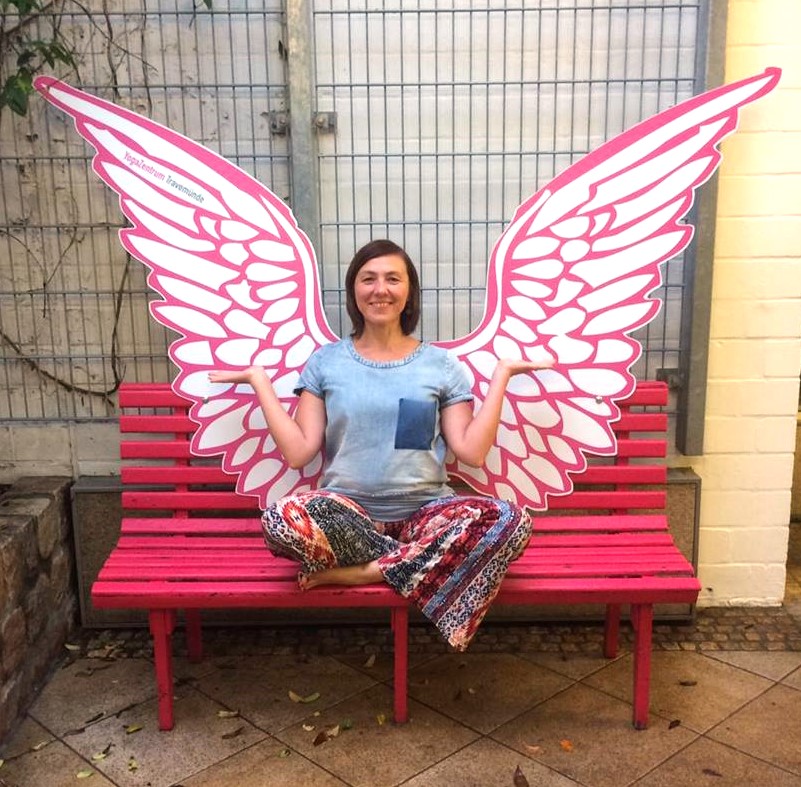
How far can Movement Improve L2 Learning Experience for Adults
Ginta Schindler | 2021
This study examines the use of movement in English as L2 learning for adults in a community college of Germany. It argues that walking, gestures, Brain Gym and Yoga could be added to Task Based learning to achieve better results in speaking, listening, reading and writing for adults. The above mentioned movement could reduce anxiety, increase concentration, help to comprehend and memorise new vocabulary, increase confidence and motivation, and enhance creativity.
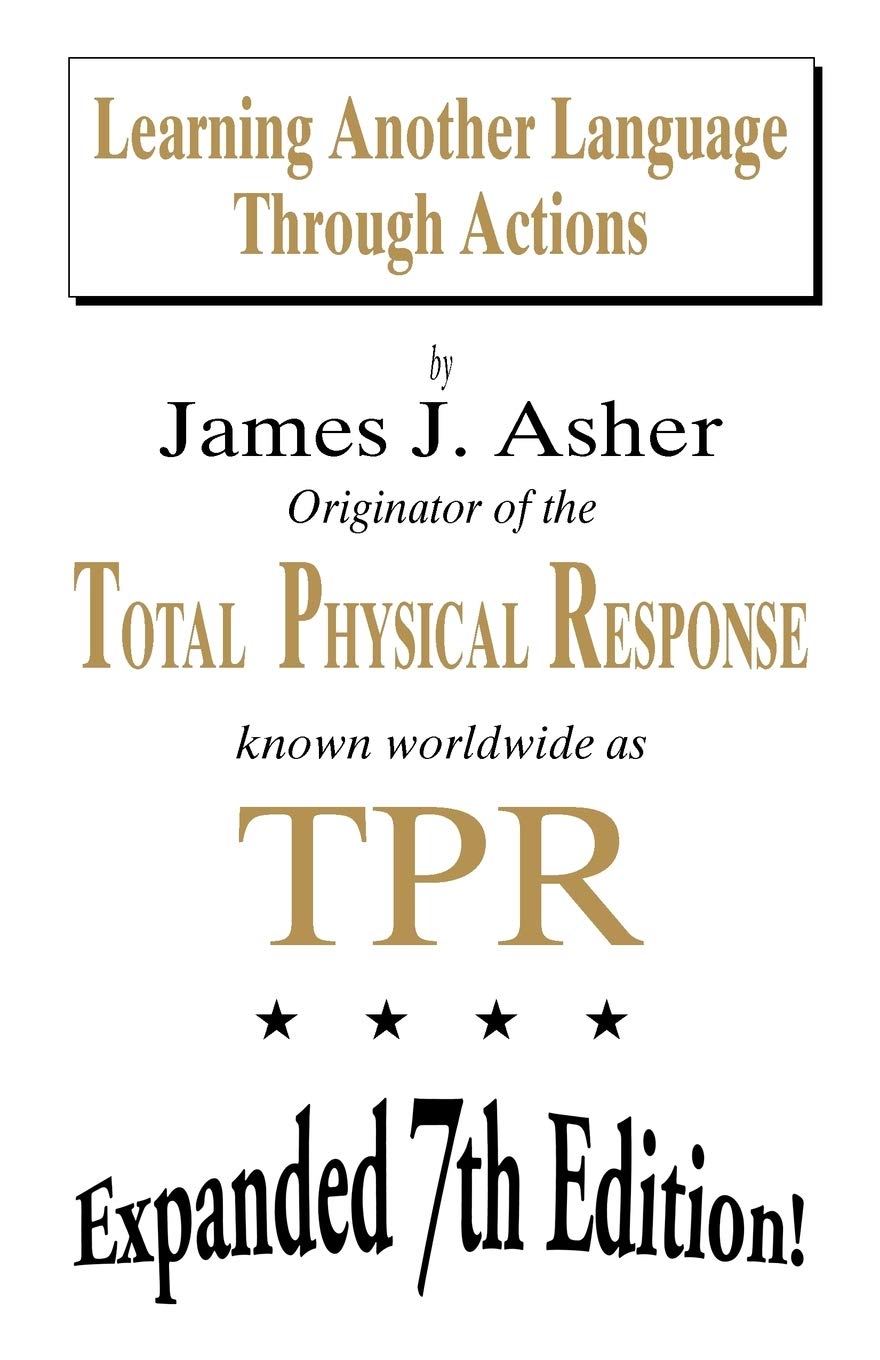
Learning Another Language Through Actions
Dr. James J.Asher | 2009
The language learning method Total Physical Response (TPR) created by a prize-winning writer, researcher and teacher demonstrates, how children and adults can acquire multiple languages though activities, movement and without stress. The book contains 150 hours of classroom-tested TPR lessons. Teachers looking for effective ideas of movement integration in foreign language classrooms definitely need to read it. The book is in English.
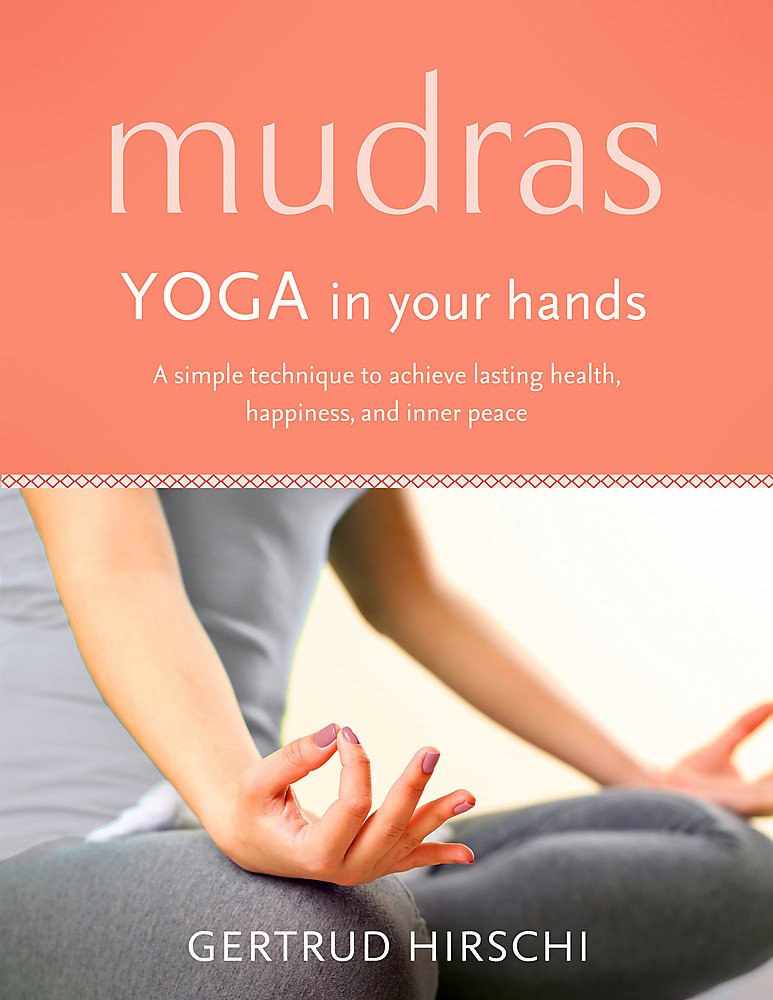
Mudras: Yoga In Your Hands
Gertrud Hirschi | 2016
Mudras - also called 'finger power points' are yoga positions for your hands and fingers. They can be practiced sitting, lying down, standing or walking, at any time and place! Mudras can be as effective as powerful Yoga body moves and could bring concentration, joy and relaxation in a language classroom. This book is in English.
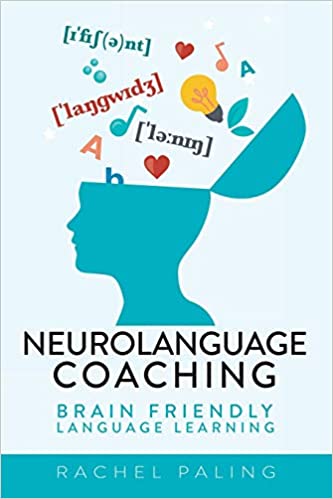
Neurolanguage Coaching: Brain Friendly Language Learning
Rachel Paling | 2017
Rachel Paling argues that brain has a main role in successful language learning, but a teacher nowadays often takes a role of a coach, especially in adult learning environments. The author has created Neurolanguage Coaching approach and gives courses and certifications in this field. The book helps to understand, how brain functions and learns. And we can "empower and change our own brains." Although application of movement is not discussed in this book, it provides a new perspective of a language teacher - coaching, where movement can be of help to focus, energize and change our brains.
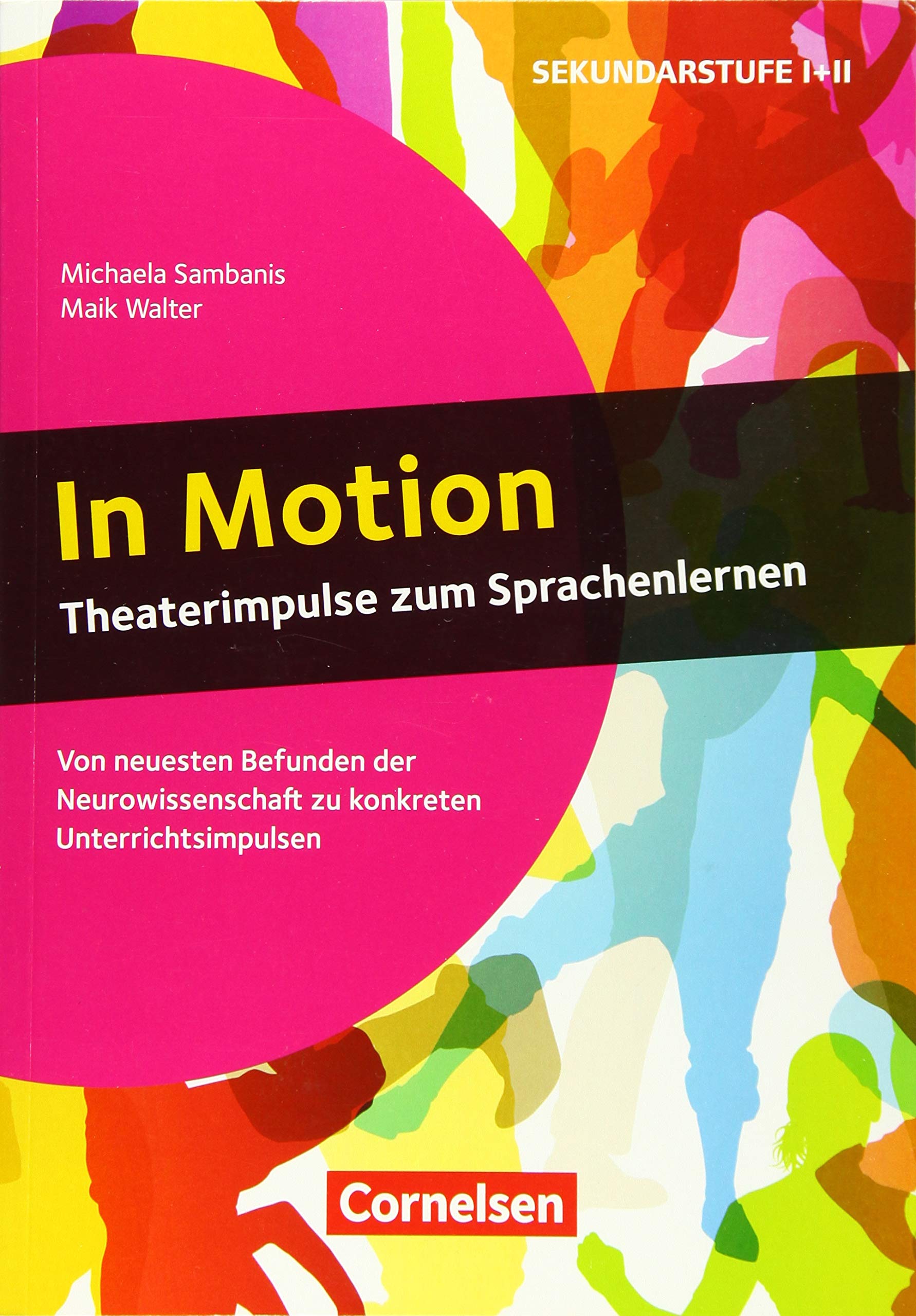
Neurowissenschaftliche Impulse: In Motion - Theaterimpulse zum Sprachenlernen - Von neuesten Befunden der Neurowissenschaft zu konkreten Unterrichtsimpulsen
Michaela Sambanis, Maik Walter | 2019
Michaela Sambanis has devoted many years for researching impacts of movement and integration of Drama elements in foreign language learning. If you are a language teacher loving movement and theatre, this is the book for you. The book is in German.
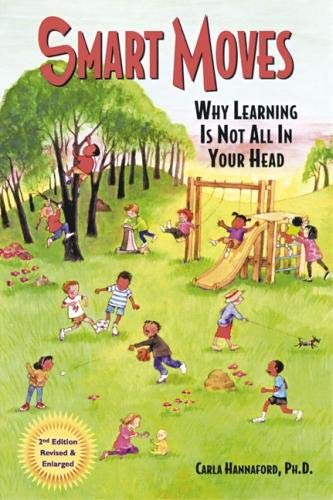
Smart Moves: Why Learning Is Not All in Your Head
Carla Hannaford PH.D | 2013
Neurophysiologist and educator Dr. Carla Hannaford brings the latest insights from scientific research to questions that affect learners of all ages. Examining the body's role in learning, from infancy through adulthood, she presents the mounting scientific evidence that movement is crucial to learning.The book is in English.
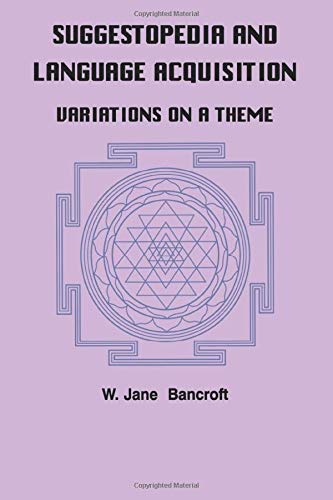
Suggestopedia and Language Acquisition
W. Jane Bancroft | 1999
The author introduces the reader to Suggestopedia language learning method and hihglights its benefits of relaxed learning including the elements of Yoga and music. The method was discovered by Bulgarian psychiatrist Georgi Lozanov in 1970ies. Nowadays it is favoured by those foreign language teachers who like to create safe and trustful classroom atmosphere. This book is in English.
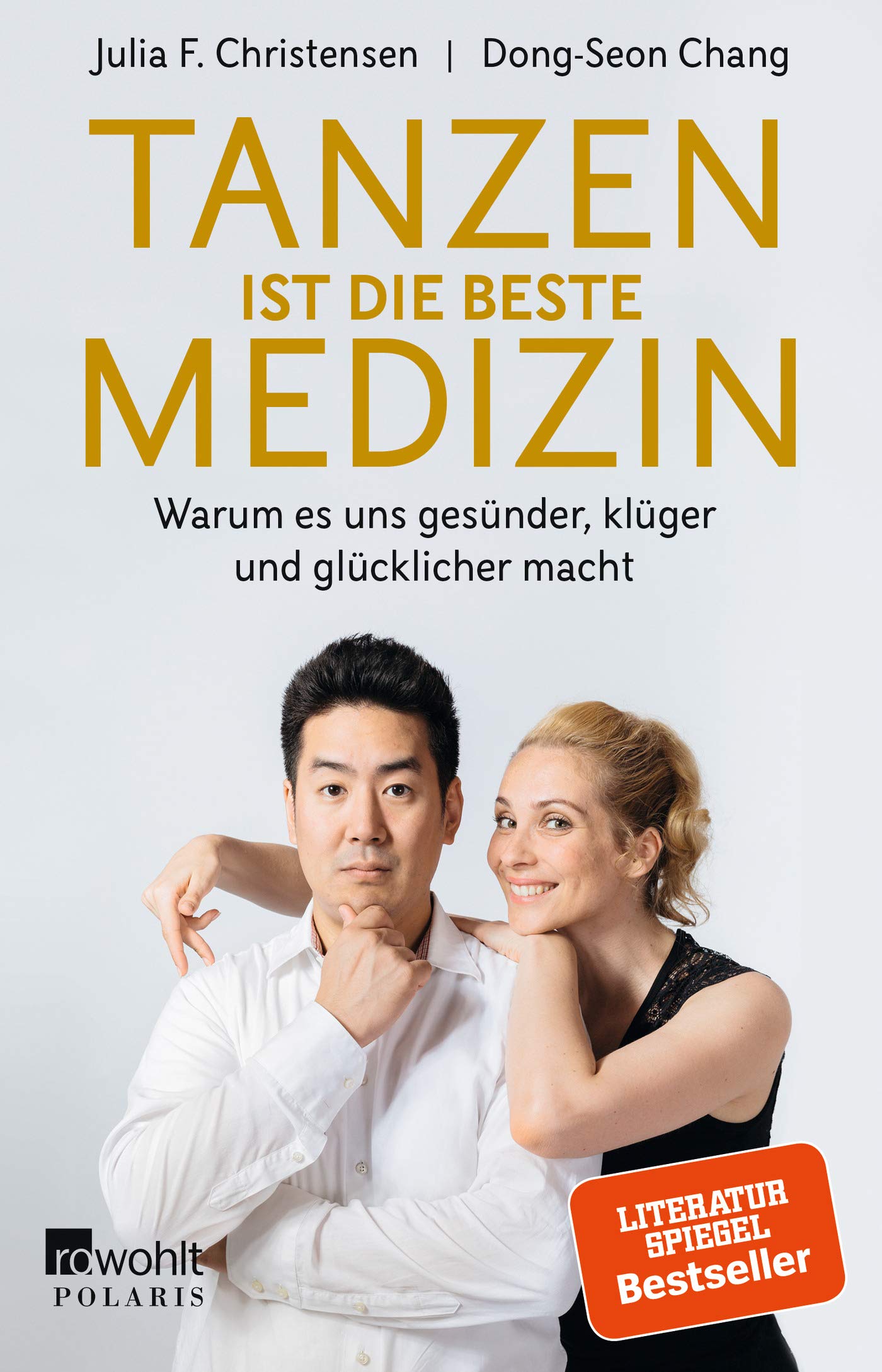
Tanzen ist die beste Medizin
Julia F. Christensen and Dong-Seon Chang | 2018
The authors look at dancing as alternative medicine. Dance is suggested for young as well as elderly people. Whether dancing alone or in a group, it could be beneficial for your health, improving memory and reducing stress. It can be an inspiration for everybody, but especially for those who would like to understand dance and apply it for language learning. The book is written in German.
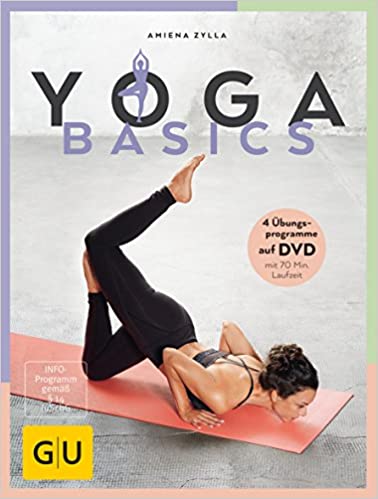
Yoga Basics
Amiena Zylla | 2017
It is a book in German for Yoga beginners as well as advanced Yoga practitioners. Amiena Zylla opens the Yoga world to everybody by giving insight to different types of Yoga and their effectiveness. The basic Yoga poses are accompanied by thorough descriptions. Extremely valuable are her flows for good mood, relaxing, concentration etc. A good reference with beautiful pictures and illustrations. It could be one of the books a language teacher or learner who loves movement might desire.